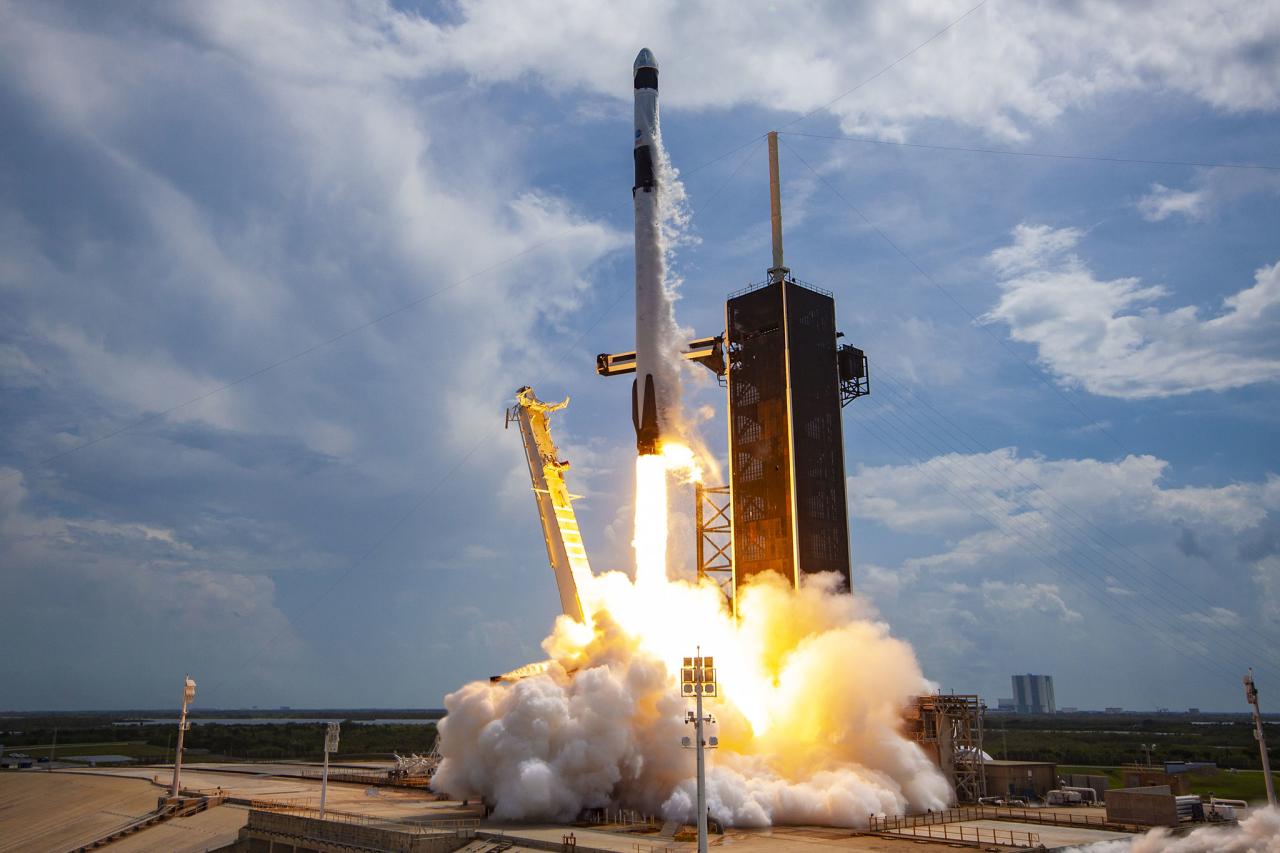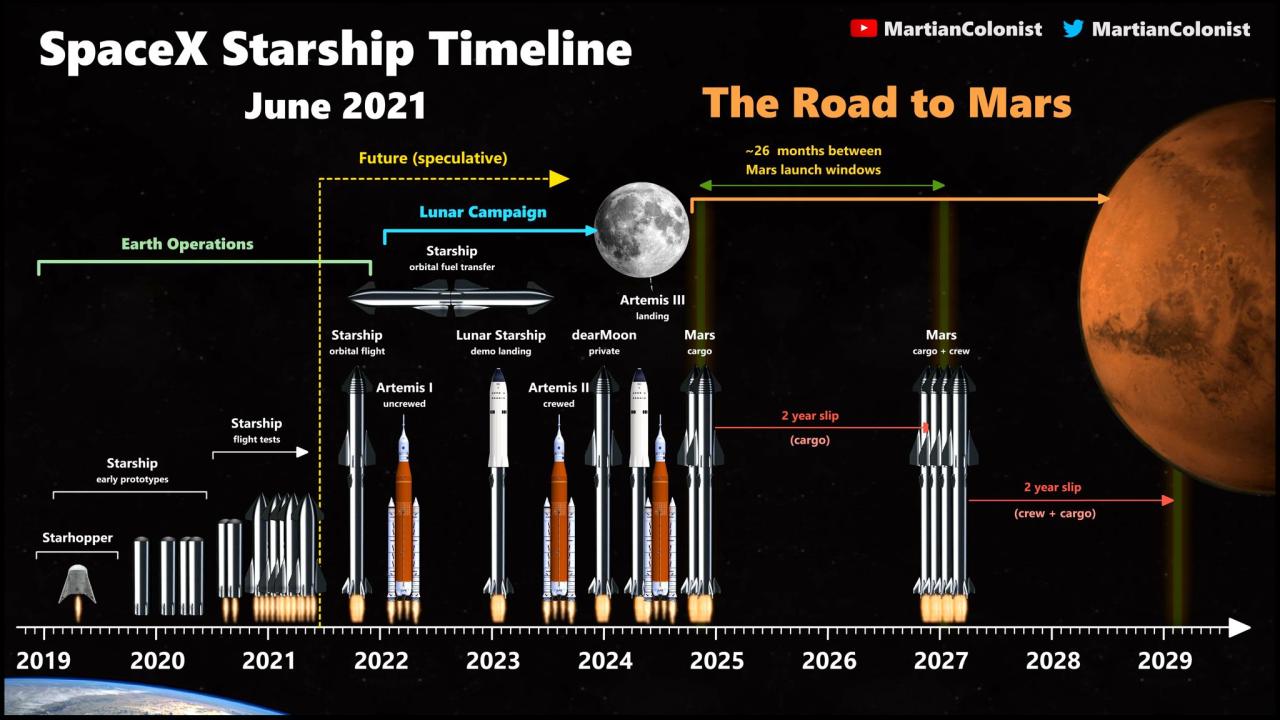
SpaceX Crew Launch Marks 600 Space Travelers in 60 Years
SpaceX Crew Launch Marks 600 Space Travelers in 60 Years: This milestone marks a remarkable turning point in human space exploration. We’ve reached a point where space travel is no longer solely the realm of government agencies; it’s becoming increasingly accessible, thanks to the innovative work of private companies like SpaceX.
The number of space travelers has skyrocketed in recent years, fueled by advancements in technology and the growing allure of space tourism. This shift opens a new chapter in the story of humanity’s relationship with the cosmos, with implications for scientific research, resource extraction, and even the very fabric of our society.
This milestone signifies a profound change in the way we perceive space travel. The barriers that once seemed insurmountable are being broken down, and the possibilities for exploration and development are expanding rapidly. From the early days of the space race to the present, we’ve witnessed a remarkable evolution in space travel technology.
Early rockets have been replaced by sophisticated spacecraft capable of carrying humans to the International Space Station and beyond. This technological leap has paved the way for the emergence of commercial spaceflight, where private companies like SpaceX are playing a pivotal role in making space travel more affordable and accessible.
Historical Context

The journey to space has been a long and arduous one, marked by the dreams, ingenuity, and sacrifices of countless individuals. From the early days of rocketry to the dawn of commercial spaceflight, humanity’s relentless pursuit of the cosmos has shaped our understanding of the universe and our place within it.
The Early Days of Space Exploration
The dream of reaching beyond Earth’s atmosphere has captivated humankind for centuries. However, it wasn’t until the mid-20th century that technological advancements made this dream a reality. The pioneering efforts of scientists and engineers laid the groundwork for the space age, driven by a combination of scientific curiosity, national competition, and the desire to push the boundaries of human exploration.
- Early Rocketry:The development of powerful rockets was crucial for space travel. Pioneers like Robert H. Goddard and Wernher von Braun made significant contributions to rocket science, laying the foundation for future space exploration. Goddard’s experiments in the 1920s and 1930s demonstrated the feasibility of liquid-fueled rockets, while von Braun’s work on the V-2 rocket during World War II proved the power of these engines.
- The Space Race:The Cold War rivalry between the United States and the Soviet Union spurred a fierce competition to achieve space dominance. This race led to groundbreaking achievements, including the launch of Sputnik 1, the first artificial satellite to orbit Earth (1957), and Yuri Gagarin’s historic journey as the first human in space (1961).
It’s incredible to think that the SpaceX crew launch marks 600 people venturing into space in just 60 years. It’s a testament to human ingenuity and our relentless desire to explore the unknown. While we’re celebrating these achievements, it’s also important to remember the urgent needs on Earth.
The recent train derailment in Ohio is a stark reminder of the environmental and health risks we face, and it’s concerning to see how the situation is being handled. It’s refreshing to see someone like Donald Trump stepping up to visit the site and offer support while some Washington leaders seem hesitant.
Perhaps this event will be a catalyst for more action and attention to the critical issues facing our planet. But back to space, the future looks bright for exploration, with more missions and even commercial space travel on the horizon.
It’s a time of great advancement, and I can’t wait to see what the next 60 years bring.
The US responded with the Mercury program, which sent Alan Shepard into space in 1961, followed by John Glenn’s orbital flight in 1962.
- The Apollo Program:The pinnacle of the Space Race was the Apollo program, which culminated in the first human landing on the Moon in 1969. The program involved a massive effort, with thousands of engineers, scientists, and technicians working together to overcome technical challenges and develop the necessary technology.
The Apollo 11 mission, led by Neil Armstrong, Buzz Aldrin, and Michael Collins, marked a pivotal moment in human history, showcasing the power of human ingenuity and ambition.
Evolution of Space Travel Technology
The early days of space travel relied on powerful, but relatively simple, rockets. As technology advanced, so did the complexity and sophistication of spacecraft.
- Early Rockets:The early rockets used in the Space Race were primarily single-stage designs, with limited payload capacity and short flight durations. They were powered by liquid or solid propellants, which provided the necessary thrust to escape Earth’s gravity.
- Multi-Stage Rockets:To achieve greater payload capacity and longer flight durations, multi-stage rockets were developed. These rockets consisted of multiple stages, each with its own engine and fuel supply. As each stage burns its fuel, it detaches from the rocket, reducing the overall weight and allowing the remaining stages to accelerate to higher speeds.
- Space Shuttles:The Space Shuttle program, which ran from 1981 to 2011, introduced reusable spacecraft that could carry payloads into orbit and return to Earth for multiple missions. The shuttles were designed for both scientific and commercial applications, providing a platform for deploying satellites, conducting space research, and transporting astronauts to and from the International Space Station.
- Modern Spacecraft:Today, space travel technology has evolved significantly. Modern spacecraft are highly sophisticated, equipped with advanced propulsion systems, life support systems, and communication capabilities. They are designed for a variety of missions, including scientific exploration, satellite deployment, and human spaceflight.
The Rise of Commercial Spaceflight

The launch of SpaceX’s Crew Dragon marked a significant milestone in the history of space exploration. It ushered in a new era of commercial spaceflight, where private companies play a pivotal role in sending humans beyond Earth. This shift has revolutionized the space industry, making access to space more accessible and affordable.
It’s incredible to think that with SpaceX’s recent launch, we’ve reached a milestone of 600 people venturing into space in the last 60 years. While we’re looking to the stars, it’s also important to keep our feet on the ground and consider the stability of our finances.
If you’re wondering should you be worried about your money in the bank, experts sound off with some insightful advice. Of course, it’s exciting to witness humanity’s advancements in space exploration, but it’s equally crucial to ensure our financial security here on Earth.
SpaceX’s Role in Revolutionizing the Space Industry
SpaceX, founded by Elon Musk in 2002, has been instrumental in driving the commercialization of space travel. Its innovative approach to rocket design and reusable launch systems has significantly reduced the cost of space launches. SpaceX’s Falcon 9 and Falcon Heavy rockets are highly reliable and powerful, capable of launching both cargo and humans into orbit.
The company has also developed the Crew Dragon spacecraft, a reusable capsule designed to transport astronauts to and from the International Space Station (ISS). SpaceX’s ambitious plans for Mars colonization and its development of the Starship spacecraft further demonstrate its commitment to pushing the boundaries of space exploration.
Key Innovations and Technological Advancements, Spacex crew launch marks 600 space travelers in 60 years
SpaceX’s success is largely attributed to its groundbreaking innovations and technological advancements. Here are some of the key factors that have made commercial space travel more accessible:
Reusable Launch Systems
SpaceX has pioneered the use of reusable launch systems, which significantly reduce the cost of space travel. Unlike traditional rockets that are discarded after a single launch, SpaceX’s rockets are designed to land back on Earth and be reused for multiple missions.
This has drastically lowered the cost of launching satellites and payloads into space.
Advanced Rocket Engines
SpaceX has developed powerful and efficient rocket engines, such as the Merlin engine used in the Falcon 9 and Falcon Heavy rockets. These engines are highly reliable and capable of generating significant thrust, allowing for the launch of heavy payloads into orbit.
It’s incredible to think that the recent SpaceX crew launch marks 600 space travelers in just 60 years! The race to explore the cosmos is heating up, and it’s fascinating to see how other countries are getting involved. For instance, Russia is using a key South African port as a base for their search for minerals in Antarctica, a move that could have significant implications for future space exploration.
The future of space travel is exciting, and it’s clear that we’re only just scratching the surface of what’s possible.
Spacecraft Design
SpaceX’s Crew Dragon spacecraft is a testament to its innovative design capabilities. The spacecraft is designed to be reusable, providing a more cost-effective solution for transporting astronauts to and from the ISS. It also features advanced life support systems and safety features, ensuring the well-being of astronauts during space missions.
Impact of Private Companies on the Future of Space Exploration
The rise of private companies like SpaceX has had a profound impact on the future of space exploration. Their innovative approaches, technological advancements, and competitive spirit have injected new energy and momentum into the space industry. Here are some of the key impacts:
Increased Accessibility to Space
Private companies have made space travel more accessible and affordable, opening up opportunities for new players in the space industry. This has led to the development of a vibrant commercial space sector, with companies offering a range of services, including satellite launches, space tourism, and research missions.
Focus on Innovation
Private companies are driven by innovation and a desire to push the boundaries of space exploration. They are not bound by the same constraints as government agencies, allowing them to experiment with new technologies and approaches. This has led to rapid advancements in rocket design, spacecraft technology, and other areas of space exploration.
Global Collaboration
Private companies are fostering global collaboration in space exploration. They are working with governments, research institutions, and other companies around the world to develop new technologies and pursue ambitious space missions. This international cooperation is essential for advancing the frontiers of space exploration.
Expansion of Space Exploration
Private companies are expanding the scope of space exploration, pursuing ambitious goals such as Mars colonization, asteroid mining, and space tourism. Their vision and entrepreneurial spirit are driving the development of new technologies and capabilities that will enable humanity to explore and utilize space in unprecedented ways.
Significance of 600 Space Travelers: Spacex Crew Launch Marks 600 Space Travelers In 60 Years
The recent SpaceX crew launch marking 600 space travelers in 60 years is a milestone that underscores the remarkable growth of human space exploration. While the first few decades saw a trickle of astronauts venturing into space, the past few years have witnessed an exponential increase in the number of individuals experiencing the final frontier.
Factors Driving the Surge in Space Tourism and Commercial Spaceflight
The surge in space tourism and commercial spaceflight is a result of several converging factors.
- Technological Advancements:The development of reusable rockets, such as SpaceX’s Falcon 9 and Blue Origin’s New Shepard, has significantly reduced the cost of space travel. This has made space tourism more accessible to a wider range of individuals.
- Private Sector Investment:Companies like SpaceX, Blue Origin, and Virgin Galactic have invested heavily in developing space tourism and commercial spaceflight capabilities, leading to a more competitive market and increased innovation.
- Growing Public Interest:The public’s fascination with space exploration has been fueled by popular media and the achievements of private space companies, increasing demand for space tourism experiences.
Final Review

The 600th space traveler is a testament to the incredible progress we’ve made in our journey to the stars. This milestone signifies a new era of space exploration, one where commercial companies are driving innovation and pushing the boundaries of what’s possible.
As we look to the future, the possibilities for space travel are limitless. From space tourism to scientific research to the development of space-based industries, the next chapter of space exploration promises to be even more exciting than the last.
The 600th space traveler is not just a number; it’s a symbol of human ambition, ingenuity, and our enduring desire to explore the unknown.

